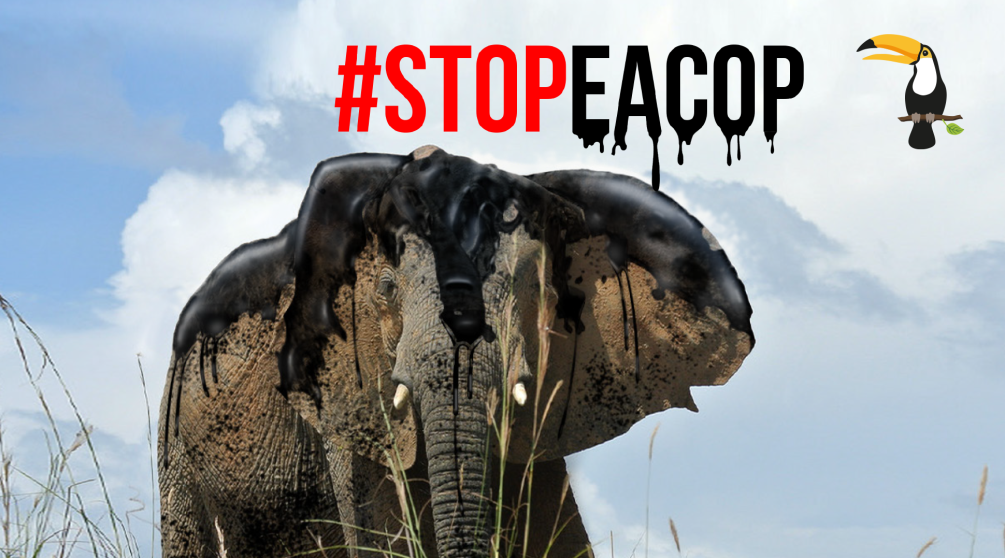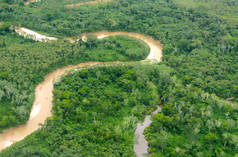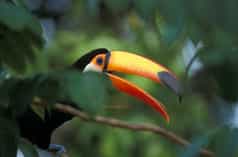Tanzania: Is construction of the EACOP pipeline about to begin?
 © RdR/Mathias Rittgerott
© RdR/Mathias Rittgerott
Dec 28, 2023
Construction of the East African Crude Oil Pipeline EACOP is apparently about to begin: In December 2023, the EACOP consortium announced that pipes for 100 kilometers of the pipeline had arrived in Dar es Salaam, Tanzania.
According to the project website, the delivery is "paving the way for pipeline construction". While drilling rigs have already been erected in the oil fields in Uganda, little activity has so far taken place in Tanzania, and in particular the site of the planned oil port on the Chongoleani Peninsula near the city of Tanga.
According to The Citizen, the pipes will be transported to the town of Tabora, the project's center, with laying scheduled to begin in April 2024. The pipes were manufactured by Panyu Chu Kong (PCK) Steel Pipe Company Ltd in Lianyungang, China. Further installations such as pumping stations along the route are already under construction.
Corals and mangroves threatened
The project operators' public statements about the impact the construction and operation of the oil port will have on marine ecosystems are completely implausible, however. According to the Daily News, the EACOP project's environmental officer Mohammed Nuru said that only 40 square meters of coral reefs and 240 square meters of mangroves would be affected.
Replying to an inquiry by the NGO Mangrove Action Project, EACOP managing director Martin Tiffen explained by email that 240 square meters of mangroves would be directly affected, with a further 240 square meters in a buffer zone. In addition, 65 square meters would be used for two navigation beacons. This would be compensated for elsewhere on a total area of 600 square meters.
Even if the area figures were realistic, they would only reflect part of the truth: Nature would be destroyed over much larger areas for the construction of roads, a tank farm, other facilities and workers' accommodation on land. The tank farm is designed to hold at least 2 million barrels of oil in order to load a large Suezmax tanker within 24 hours. Accommodating such ships would require the bay to be dredged.
Shipping traffic, and the underwater noise and air pollution it entails, will also increase. Leaks and tanker accidents pose a grave threat to the environment.
It is also not clear to what extent the Tanga Coelacanth Marine Park would be affected.
At present, the marine ecosystems with seagrass meadows, coral reefs and mangroves around Tanga are among the best preserved on the planet. They are home to coelacanths, a group of fish often called "living fossils": their lineage has been traced back around 360 million years, making them one of the oldest living lineages of vertebrates on Earth. Mangrove forests, which grow in estuaries and on coasts and are adapted to saltwater by means of stilt roots, are the nursery of many fish species and natural breakwaters. Coral reefs are often compared to rainforests due to their biodiversity.
Local environmentalists consider the EACOP consortium's claim that the project is concerned with the protection of dugongs, a species of manatee, to be "completely ridiculous". No dugongs have been sighted in the area of the future harbor for decades.
240 square meters of mangrovesThe EACOP employee or the journalist may have made a mistake with the unit of measurement. This has not yet been clarified. In the project description, the size of the Marine Storage Terminal is given as 46 hectares, other facilities as 40 hectares and accommodation as 10 hectares (page 18).










